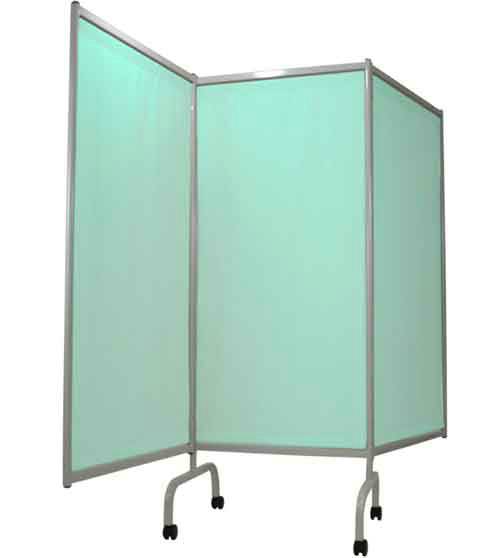

#PATIENT SCREEN CURTAIN PLUS#
Venetoclax plus IO will also soon be tested in R/R B-ALL due to nonoverlapping toxicities and preclinical evidence for synergy. MDACC has added blinatumomab consolidation to their IO plus mini-hyper-CVD protocol. Novel combination approaches (such as being studied in A041703) may offer the best of both worlds via a multipronged attack without chemotherapy toxicities. It is hypothesized that low-intensity CC integrated into induction and/or consolidation (as being pursued by EWALL-INO and GMALL INITIAL-1 studies) may continue to benefit older patients receiving novel agents by applying broader antileukemic pressure and diminishing opportunities for clonal escape. 20, 21 Although the durability of single-agent novel therapy in the upfront setting is not known, relapses driven by selective pressure would be expected. Closing the curtain on chemotherapy for Ph– ALL?īlinatumomab and IO achieve high response rates in the R/R setting but with short durability. Venetoclax is not approved by the FDA for ALL. A distinct advantage of this regimen is that it can be offered to patients with both B- and T-cell ALL, in contrast to approaches that rely on B-lineage restricted antibodies and antibody–drug conjugates.
#PATIENT SCREEN CURTAIN TRIAL#
The trial has now moved to phase 2 (with venetoclax 400 mg) and is currently enrolling adults 60 years or older with newly diagnosed Ph– ALL. Because 9 of 10 responders were consolidated with allogeneic hematopoietic stem cell transplant (HSCT), there are limited data on late toxicity. The regimen was particularly effective in newly diagnosed patients, with 91% (10/11) achieving an MRD-negative CR, including 6 patients with a TP53 mutation. 25 Notably, there was no evidence of prolonged cytopenias or liver toxicity. 27, 28 A phase 1b study of venetoclax plus mini-hyper-CVD for relapsed/refractory (R/R) (n = 8) and newly diagnosed patients 60 years or older (n = 11) with ALL demonstrated safety (no dose-limiting toxicities (DLTs) or early mortality), with venetoclax 600 mg daily declared the recommended phase 2 dose. The BCL2 inhibitor venetoclax, an agent with demonstrated preclinical and clinical activity in relapsed ALL, is also being studied in the frontline in combination with mini-hyper-CVD (NCT03319901, Table 2). IO + mini-hyper-CVD (Blina consolidation) 4, 5, 12-14, 17 There remains no accepted standard-of-care CC regimen for older adults with ALL. 10, 16 Age-based dose modifications and prospective studies of CC designed specifically for older adults have not improved outcomes. 4-7, 11, 12 In addition, high-risk genetic features are more common, leading to fewer remissions and frequent relapse. 4-9 Older patients experience more toxicity, leading to dose reductions, treatment delays, and high rates of early death and treatment-related mortality in remission.


Results in young adults have improved due to the use of pediatric-like therapy, with more than 70% now achieving long-term survival, but older adults aged 55 to 60 or more years have consistently fared more poorly, with less than 20% cured ( Table 1). The standard approach to treating ALL in adults has been conventional chemotherapy (CC) programs adapted from pediatric schedules but with more myelosuppressive agents and a deemphasis on the noncytotoxic agents that feature prominently in pediatric regimens (corticosteroids, vincristine, and asparaginase). 3 Unfortunately, the outstanding outcomes in children have not been replicated in older cohorts. Traditionally thought of as a pediatric disease, approximately half of ALL diagnoses occur in younger (18-49 years) and older (≥50 years) adults in roughly equal porportions.


 0 kommentar(er)
0 kommentar(er)
